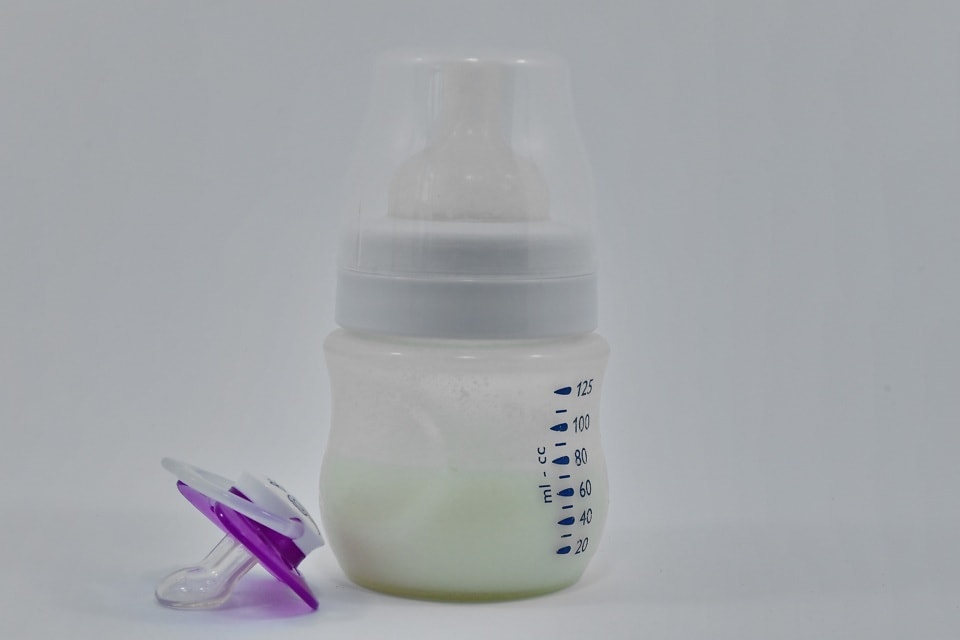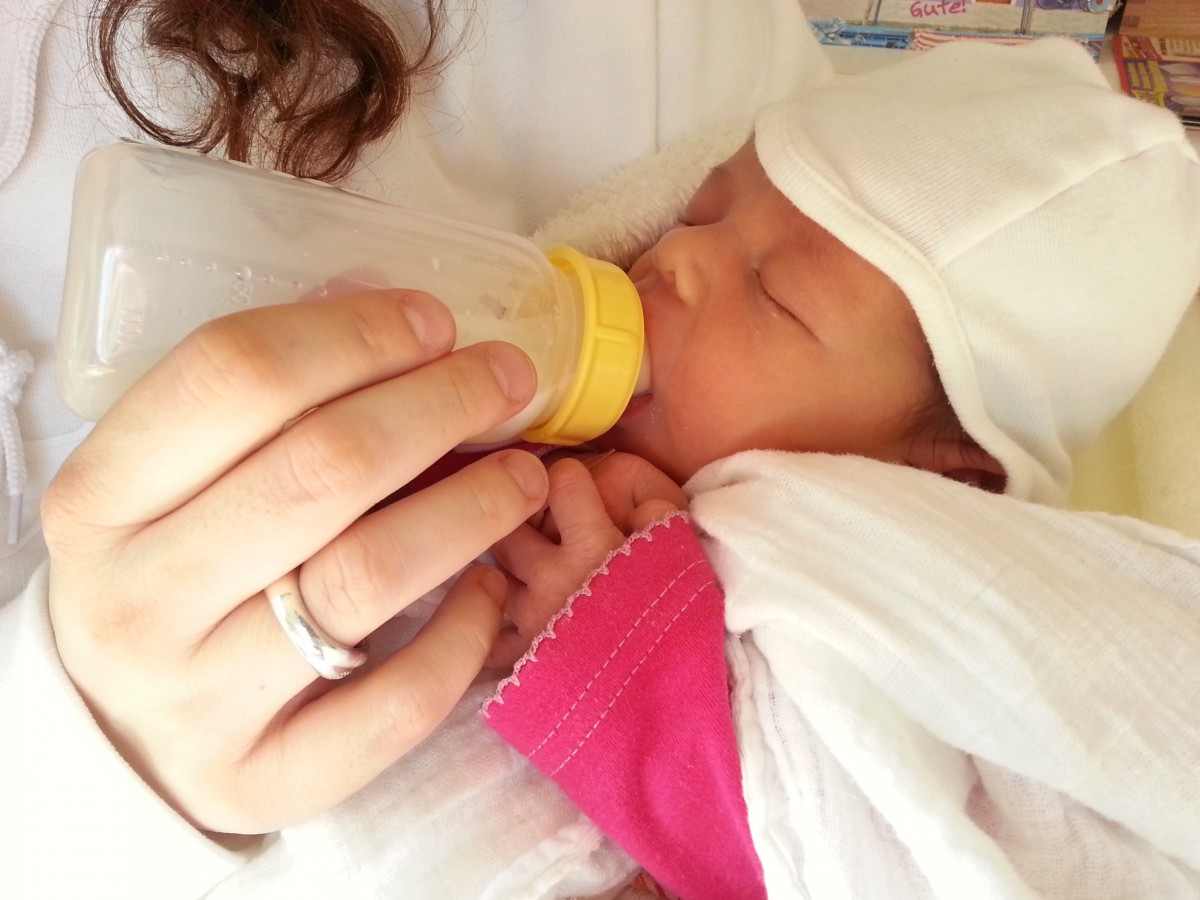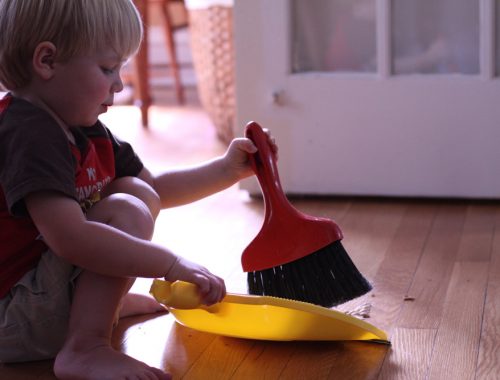
Premature Baby Bottle: Choosing the Right Bottle for Your Tiny Miracle
Premature Baby Bottle: Choosing the Right Bottle for Your Tiny Miracle
Hey there, parents and caregivers of tiny miracles! Today, we’re diving into the world of premature baby bottles. We know it can be overwhelming when your little one arrives earlier than expected, but choosing the right bottle doesn’t have to be rocket science. We’ve got your back, so let’s break it down and make it as easy as a Sunday morning.
Why Do Premature Babies Need Special Bottles?
First things first, you might wonder why premature babies need different bottles in the first place. Well, here’s the scoop: premature babies often have special feeding needs due to their underdeveloped sucking reflexes and smaller mouths. They may not be ready for regular bottles, so you’ll need a bottle designed with their unique needs in mind.
The Basics of Premature Baby Bottles
Now, let’s get to the nitty-gritty of choosing the right bottle for your tiny bundle of joy. Here are the key factors to consider:
1. Bottle Size Matters
Since premature babies are, well, tiny, you’ll want to start with a smaller bottle size. Look for bottles with a capacity of 2-4 ounces. This smaller size makes it easier for them to latch onto and manage without feeling overwhelmed.
2. Nipple Flow Rate
The flow rate of the nipple is crucial. Premature babies need a slower flow to avoid overwhelming them with milk. Look for bottles with preemie or slow-flow nipples. These nipples are designed to release milk at a pace that’s more manageable for your little one.
3. Anti-Colic Features
Babies, especially preemies, can be gassy little beings. That’s where anti-colic bottles come to the rescue. These bottles are designed to reduce the amount of air your baby swallows during feeds, which can help prevent gas and discomfort.
4. Easy to Clean
Nobody wants to spend all their time washing bottles, right? Look for bottles that are easy to disassemble and clean. Dishwasher-safe bottles can be a lifesaver for busy parents.
5. Material Matters
Most baby bottles are made of either plastic or glass. For premature babies, glass bottles are a great option because they are free of chemicals like BPA and phthalates. Plus, they’re easier to clean and sterilize.
Popular Premature Baby Bottle Options
Now that you know what to look for, let’s talk about some popular options on the market:
1. Dr. Brown’s Natural Flow Preemie Baby Bottle
Dr. Brown’s is a trusted name in baby products, and their preemie baby bottle is no exception. It features an ultra-soft nipple designed for tiny mouths and a vent system to reduce air intake.
2. Medela SpecialNeeds Feeder
Medela is known for its breast pumps, but they also make a special bottle for premature babies. The SpecialNeeds Feeder allows you to control the milk flow to match your baby’s needs precisely.
3. NUK Simply Natural Baby Bottle
NUK’s Simply Natural Baby Bottle comes with a slow-flow nipple and an anti-colic air system. It’s easy to clean, making it a practical choice for busy parents.
4. Avent Natural Baby Bottle
Avent’s Natural Baby Bottle features a wide breast-shaped nipple, which can help with transitioning between breastfeeding and bottle-feeding. It also has an anti-colic valve.
5. Comotomo Baby Bottle
Comotomo’s bottles are made of soft, squeezable silicone that mimics the feel of a breast. The slow-flow nipple is perfect for preemies, and the wide neck makes cleaning a breeze.
Where to Buy Premature Baby Bottles
You can find premature baby bottles at most major retailers, both online and in-store. Places like Amazon, Walmart, Target, and even baby specialty stores like Buy Buy Baby have a wide selection to choose from. Don’t forget to read reviews from other parents to see what worked best for their little ones.
Tips for Feeding Your Premature Baby

Choosing the right bottle is one piece of the puzzle. Here are some additional tips for feeding your premature baby:
1. Follow Your Baby’s Lead
Premature babies have their own timeline for development. Pay attention to your baby’s cues and feed them when they’re hungry. Don’t force a strict schedule.
2. Practice Skin-to-Skin Contact
Skin-to-skin contact, also known as kangaroo care, can help your baby feel secure and improve bonding. It can also help regulate their body temperature and heart rate.
3. Be Patient
Feeding a premature baby can be a slow process. It’s okay if it takes a while for your baby to finish a feeding. Patience is key.
4. Sterilize Bottles and Nipples
It’s essential to keep your baby’s bottles and nipples clean and sterilized to prevent infections. Boiling water or using a bottle sterilizer are effective methods.
5. Consult with a Pediatrician
Your baby’s pediatrician is your best source of guidance. They can help you navigate feeding challenges, monitor your baby’s growth, and make adjustments as needed.
In a Nutshell
Choosing the right bottle for your premature baby doesn’t have to be stressful. Remember to look for bottles with the right size, slow-flow nipples, anti-colic features, and easy cleaning options. And, of course, always consult with your pediatrician for personalized advice.
You’ve got this, parents and caregivers! Your tiny miracle is in good hands, and with the right bottle, you’re one step closer to giving them the nourishment and care they need to thrive.
You May Also Like

Apply These 4 Tips to Help Your Children Get Involved in House Chores
2021-07-21
Kid-Friendly Meals For the Cold Weather
2022-07-07

